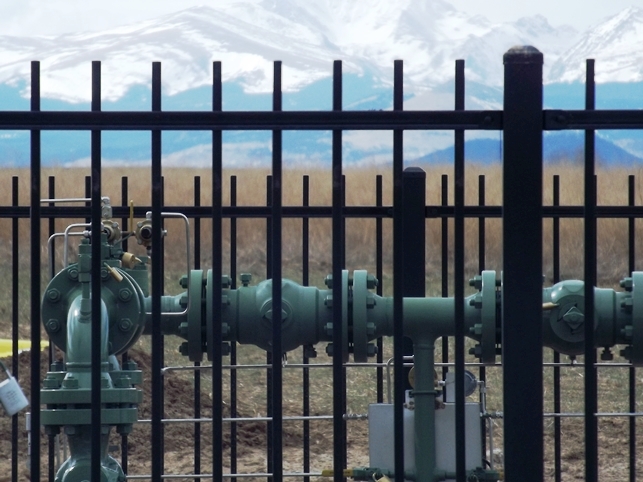Colorado passes Amendment 71, which would require 2% of voters from each of its Senate districts to sign petitions for constitutional changes, including future measures attempting to ban hydraulic fracturing
Colorado voters decided to pass Amendment 71 – or Raise the Bar, as its proponents refer to it – Tuesday with about 57% of voters in favor of the measure. The new amendment will make it more difficult to pass changes to the Colorado Constitution, a salient problem for the state’s oil and gas industry, which breathed a sigh of relief when a citizen-enviro sponsored measure earlier this year failed to gain enough signatures to make the ballot.
The measure would have effectively reduced the surface area available for drilling in the state by 90%, according to a study from the Colorado Oil and Gas Conservation Commission (COGCC). It would have served to effectively shut down oil and gas drilling in the state.
Effects of raising the bar
 Amendment 71 requires that proponents of any measure seeking to add a constitutional amendment will have to get signatures from at least 2% of the total number of registered voters in each of Colorado’s 35 Senate districts. Currently, Colorado requires signatures totaling 5% of the number of people who voted for the secretary of state in the last general election.
Amendment 71 requires that proponents of any measure seeking to add a constitutional amendment will have to get signatures from at least 2% of the total number of registered voters in each of Colorado’s 35 Senate districts. Currently, Colorado requires signatures totaling 5% of the number of people who voted for the secretary of state in the last general election.
For instance, District 35 is comprised of 16 counties in southeastern Colorado and has 88,962 registered voters. Under the Raise the Bar amendment—which passed yesterday—1,779 signatures would have to be gathered on a ballot drive and approved for the measure to go on November’s ballot.
The new measure also requires 55% of voters to approve a constitutional amendment, compared to a simple majority in effect prior to the amendment’s passage.
While 2% from each district may not sound like much in absolute terms, but it will be a much more difficult process for groups looking to change the constitution, Special Counsel David Steinberger with Feldmann Nagell, LLC, told Oil & Gas 360®.
“The numbers stay the same. So 5% of the votes cased for the secretary of state, which for this year was around 90,000, which means you need to build in a 25% buffer for votes that get thrown out by the secretary of state when they do their counting. Now you have the added burden of getting 2% of all your signatures coming from each of the Senate districts,” he explained. “So now you need that overall buffer, plus a buffer for each county.
“And you have to send people out to every county of the state. So the financial burden [to fund the logistics to do that] is going to be pretty significant.”
Members of Colorado’s oil and gas industry will likely be happy with the news after fighting several ballot initiatives to ban fracing in the last two elections. The first attempt to end the practice in the state ended in Governor John Hickenlooper starting a task force, which would go on to recommend two rules to COGCC.
The more recent attempt failed to collect the necessary signatures to get on the ballot in front of voters this week.
The most recent ballot initiative to stop fracing in the state was projected to reduce the state’s GDP by 3.4% over a 15-year period, according to a study from the University of Colorado. Put another way, the amendment to the constitution would have meant GDP in Colorado diving—averaging $14.5 billion less between 2017 and 2031, and 104,000 fewer jobs in the same time frame.

